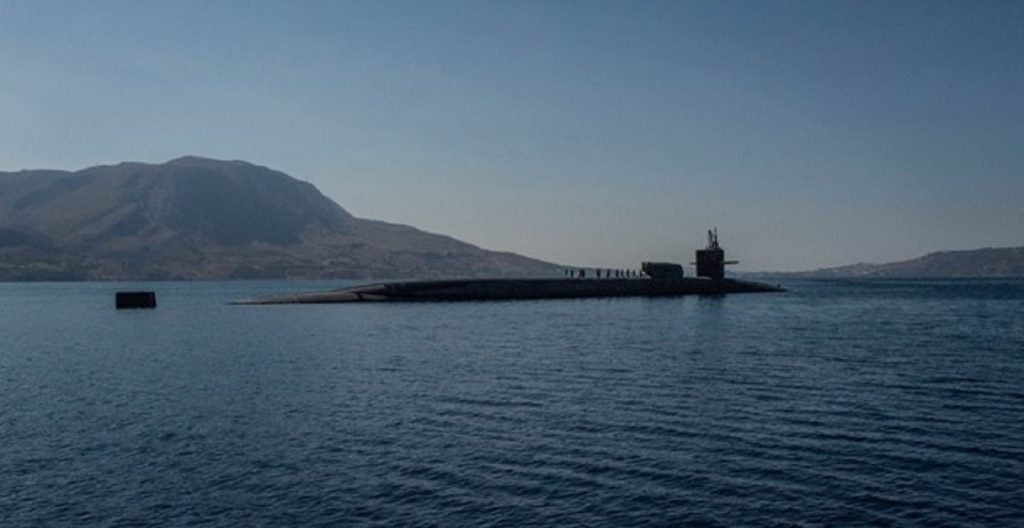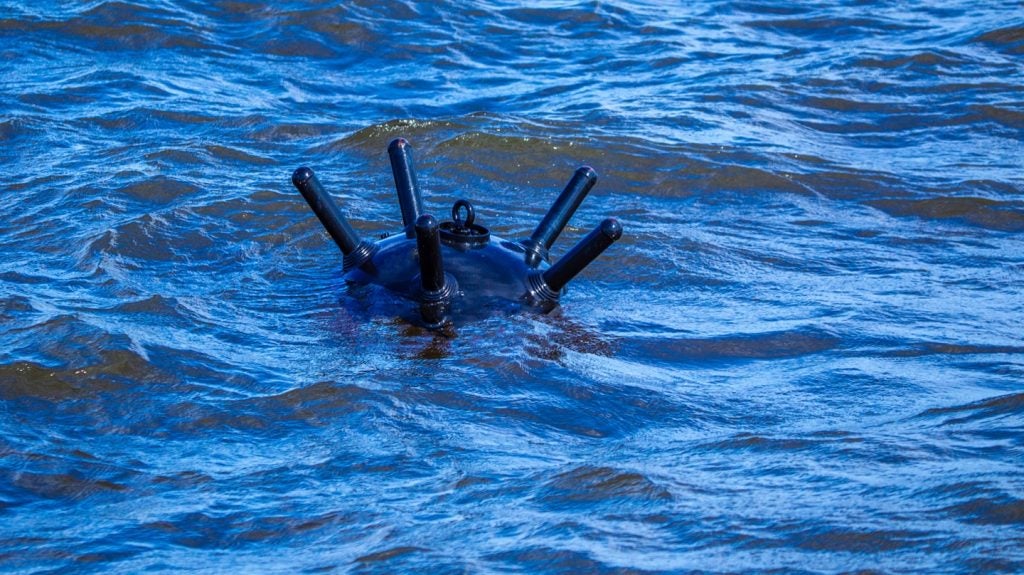Rolls-Royce hosted the UK and Australian Defence Ministers, Grant Shapps and Richard Marles, at its nuclear reactor manufacturing site in Derby on 3 November 2023 to meet the first group of Australian personnel learning how to develop conventionally-armed nuclear-powered submarines.
Imparting this critical insight into the nuclear submarine process comes under the trilateral AUKUS agreement established in September 2021.
The aim of the programme is to simply furnish Australian defence with the knowledge and resources to acquire and maintain nuclear-powered attack submarines (SSNs), which will in turn deter Chinese military aggression and secure western interests in the Indo-Pacific.
Over the next seven weeks, 13 Australian nationals will begin training and familiarisation of the nuclear-powered submarine development process across Britain’s supply chains, including visits to companies such as BAE Systems, Rolls-Royce and Babcock.
“These Australian industry placements provide us with an invaluable opportunity to learn from our experienced partners in the UK, and to better understand the functions and scope of the work,” Marles stated.
This follows another round of knowledge and technology sharing at the UK Royal Navy base at Faslane in early October, in which the three nations formed an Advance Verification Team (AVT) to understand the maintenance and industrial skills required for nuclear submarine upkeep.
This initiative follows a similar visit to the Pearl Harbor Naval Shipyard in August this year, where the AVT focused on establishing an Australian-based facility capable of supporting both UK and US maintenance activities during forward-deployed submarine missions in the region.
Preparing Australia’s domestic industry for the job
Building these vessels is one of the most complex, expensive and time-consuming projects a shipyard and navy can undertake. As a result, Australia’s indigenous industry has expanded to meet the needs of this ambitious project.
In the 8 September release, Defence Industry Minister Paul Papalia said: “Western Australia already carries out sustainment and maintenance of [Royal Australian Navy’s conventionally powered] Collins-class submarines and we will be the only place in Australia to do the same for the rotating Astutes, and Virginias as well as the AUKUS class, when they are built and come into service.”
At Rolls-Royce, the first cohort will have the opportunity to observe how the UK develops and maintains some of the most advanced submarine technology in the world to help build their expertise and accelerate the training required to operate a nuclear-powered submarine fleet.
There will be significant new opportunities for small, medium and large enterprises across all AUKUS partners. The co-operation will result in benefits to industrial capability across all three nations with enhanced resilience of trilateral supply chains.
Delivering AUKUS commitments other than knowledge
Increasing production capacity in allied states is a wise move given the punishing schedule ahead for both the UK and US’s SSN yards: Barrow-in-Furness has begun work on three of the four Dreadnought-class ballistic missile submarines, and work is still ongoing on the final two Astute attack boats – Agamemnon and Agincourt.
This pushes the likely date for SSN-AUKUS to begin work into the mid-2030s with a service entry of the late 2030s or early 2040s, according to a GlobalData Analyst Briefing: AUKUS braces for a leap in industrial efforts.
Likewise, the US will have to find time for the interim Virginia boats at a time when General Dynamics and HII are reporting issues in simultaneously maintaining the current fleet and building the minimum of two new subs annually.
The number of SSNs either in maintenance or idle (awaiting maintenance) has increased from 11 boats (about 21% of the SSN force) in FY2012 to 18 boats (about 37%) as of May 2023.
Additional reporting from Harry McNeil and Richard Thomas.











